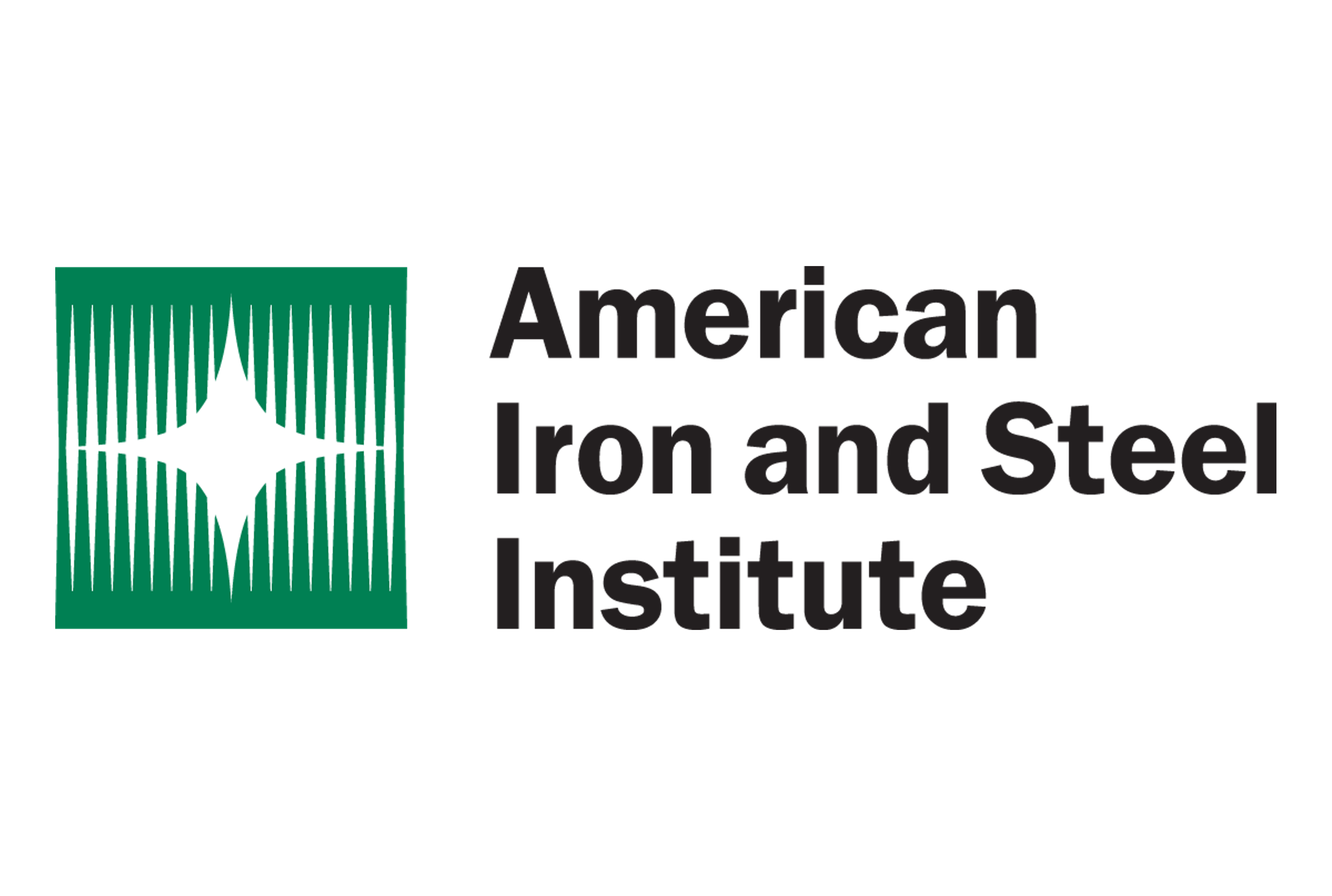Market Data

October 23, 2014
Water Ballast Proposal Threatens Shipping on Great Lakes
Written by Sandy Williams
A proposal by Transport Canada may be devastating for U.S. cargo ships delivering raw materials on the Great Lakes.
The proposal would require lakers to be equipped with ballast water treatment systems like their oceangoing sister ships. The water treatment systems are designed to eliminating invasive species from being introduced to coastal waters through ballast water used to stabilize vessels.
Transport Canada argues that lakers should be labeled as oceangoing ships because they traverse international waters. James Weakley, president of the Lake Carriers’ Association, told attendees at the New York-Canadian Summit last week that the proposed transit standard would prevent lakers from docking at Canadian and US ports because Great Lakes waterways cross the international border between the two countries.
“Unfortunately, Transport Canada isn’t making the distinction between lakers and oceangoing ships,” said Weakley. “They’re insisting on a transit standard that in 2016 would put an end to our ability to move cargo between Detroit and Duluth. So for the first time, a foreign entity would control domestic commerce.”
The eight states along the Great Lakes, the U.S. Coast Guard and the Environmental Protection Agency have agreed there are no treatment systems available to meet the proposed standard. A number of challenges exist to developing a feasible system, including corrosion resistance, flow rates, voyage length and the cold, fresh water of the Great Lakes.
Weakley said the proposed regulations would cost the North American economy 3.6 billion in additional transportation costs which would affect industries who depend on shipments from the Great Lakes.
In August, 7,242,492 tons of iron ore were loaded for shipping on the Great Lakes, the most since July 2008. Loads of ore at U.S. Great Lakes ports totaled 6,743,478 tons, up 33 percent year over year.
“About 70 percent of North American steel manufacturing is in the Great Lakes region, and I see no way steel mills could be provided with raw materials,” said Weakley. “As a system, the U.S. is moving 75 million tons of steel a year. That steel can’t be moved by rail, because that industry is already constrained because they can’t move enough grain, coal and crude oil. This could potentially put the U.S. steel industry out of business.”







